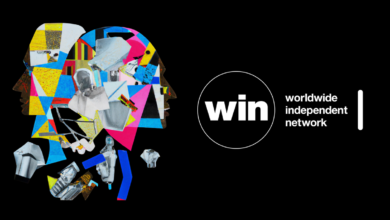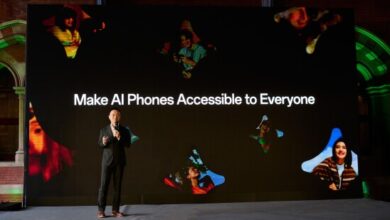Inside Citi’s Generative AI Playbook and How It Will Impact Jobs

Workers across Wall Street have been waiting to see how AI will impact their jobs. The answer at America’s fourth-largest bank just got a little clearer.
Citi’s co-chief information officer, Shadman Zafar, is ushering in a new era of AI at the bank. But it won’t be one shaped by a single transformational project. Instead, he’s betting that small, incremental, and sometimes “boring” moves will make the biggest impact on the bank’s overall efficiency.
“Let’s get out of the lab and get onto the factory floor. Get everybody using it for small, little things,” Zafar told Business Insider. “It is about putting it into everything that you do that will have the big accumulated impact.”
AI is poised to change just about every employee’s job at Citi and “sustainably change how we work for decades to come,” Zafar said. But the process will be a long, multi-year process. Zafar opens his playbook on AI, already underway at the bank. The four-part plan will impact everyone from technology and operations to wealth and product design.
Citi’s use of AI, which all stems from increasing productivity, simplifying functions, and automating inefficiencies, could have far-reaching benefits at the bank. Citi has undergone considerable change as CEO Jane Fraser looks to streamline the bank’s operations and boost returns.
“We have started to roll out AI in a massive way” since January, Zafar said, adding that it’s too soon to see the technology’s impact on the bottom line. “We are really focused on productivity first.”
Back-office up first
Naturally, Citi’s software engineering workforce will be the first group to use genAI. This group understands the tech best and should adopt it most easily, Zafar said.
Already, the bank has about 30,000 people using AI for software engineering, from generating new snippets of code to documenting what different chunks of code do. When tens of thousands of programmers contribute code, it’s critical to know what these systems do and how they work. Zafar said AI can read, conceptualize, and summarize exactly that, which can be especially useful with ramping up new hires.
“When you hire kids from college, there are ready-to-have manuals for the most complex systems in place, which you didn’t have before. It’s actually probably the least celebrated, but probably most valuable of the use cases in engineering,” Zafar said.
AI is also helping Citi modernize some of its legacy systems, a term used to describe old platforms that support critical back-end functions, like loan and deposit processing and account opening. Legacy systems are often written in old coding languages, like COBOL, that have become outdated. Even though these old systems can be some of the most important, the older architecture is far less flexible than modern ones, making it difficult for banks to roll out new services or make changes quickly.
“With AI, you can get a full translation of that system into a modern environment. Sometimes those are very massive projects and they’re becoming significantly simpler,” Zafar said of working with legacy systems.
The next group at Citi poised to use AI widely is operations, or employees who handle back-office administrative processes. That includes everything from clearing, settling, and reconciling trades, to verifying and auditing documents and data for loan processing.
Many operations roles require repetitive, rote tasks, like sifting through documents, validating data, and summarizing information, which are prime targets that AI can automate, Zafar said. Citi declined to disclose how many people work in operations at the bank.
AI will also change customer-facing jobs
AI will also change the jobs of wealth managers, private bankers, and other customer-facing roles, Zafar said. As the third crop of workers to be impacted by the technology, Zafar said Citi will use AI to remove a “significant amount of mechanical tasks” from their day-to-day activities. Instead, he said bankers and advisors can spend more time developing client relationships.
“Putting different pieces of information together so they can get a report out to the client” is “a big part” of the job for a banker, Zafar said. Automating that process will mean bankers and advisors will spend more time analyzing data, he said.
Down the line, the last leg of Citi’s AI journey will revolve around how the technology shapes its products, impacting everyone from product design to marketing.
“In our industry, there’s a significant amount of gap between the moment of need when a client wants something, to when they have something,” Zafar said. Though it’s not something Citi is working on today, the bank wants to use AI to deliver financial products faster and in the places where customers are spending their time, “which is not the case today,” Zafar said.



